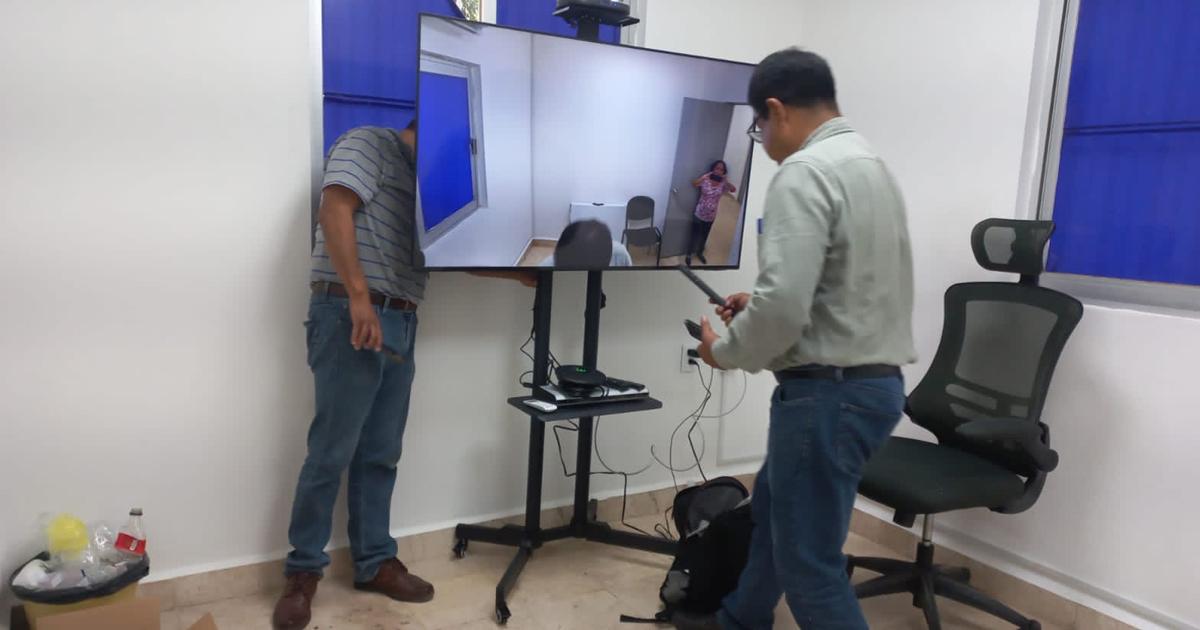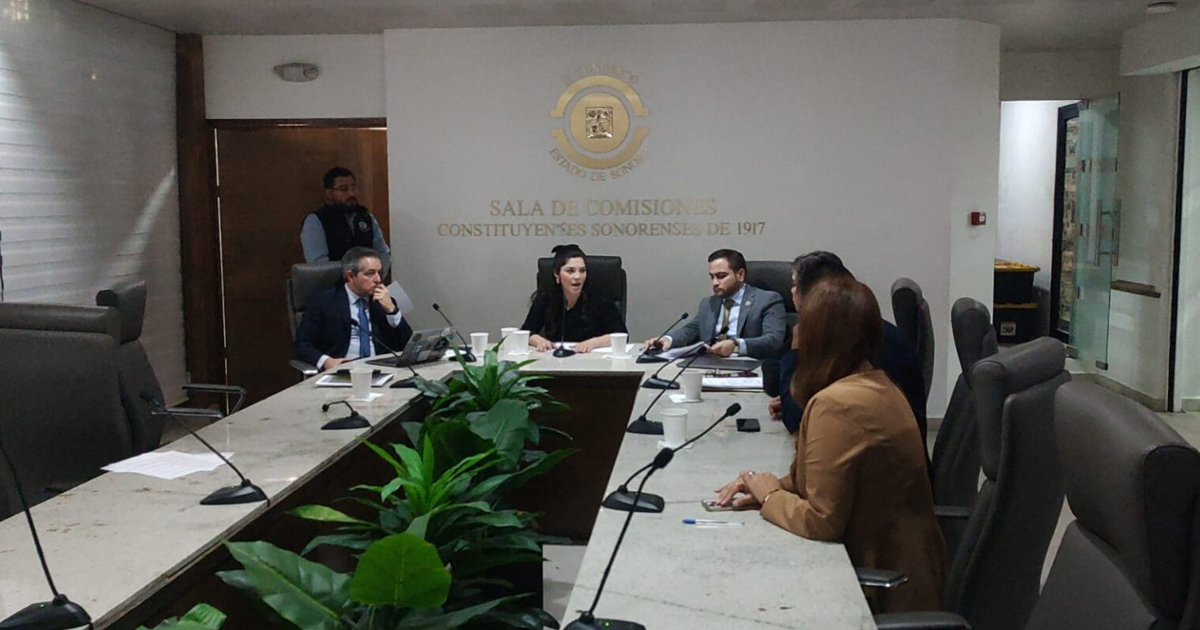Este avance que tiene sus bases en los procesos de cristalización busca acelerar el desarrollo de fármacos
Researchers from the University of Houston and the University of Brussels published in Nature los avances que han tenido al observar a nivel molecular, la reacción de compuestos que inhiben el crecimiento de cristales en medicamentos contra la malaria.
“Es de esperar que el uso de dos fármacos que atacan la cristalización de dos formas diferentes sea sinérgico, o al menos aditivo”, explicó Jeffrey Rimer, profesor de Ingeniería Química y Biomolecular en la Universidad de Houston y coautor del artículo. “En cambio, descubrimos que pueden trabajar unos contra otros”.
Los resultados de los medicamentos utilizados a través de cooperación antagónica mostraban menos efectividad en conjunto que individualmente, por lo que esta investigación permitiría el diseño de tratamientos más efectivos contra la malaria o paludismo.
Sin embargo, la verdadera ventaja de este avance científico para el desarrollo de fármacos es que implica una nueva forma de seleccionar moléculas lo que permitiría desarrollar los nuevos tratamientos en menor tiempo.

Para la realización de las pruebas en esta investigación, estudiaron el crecimiento de cristales de hemática en presencia de cuatro fármacos antipalúdicos: cloroquina, quinina, mefloquina y amodiaquina.
“Este mecanismo puede proporcionar una guía en la búsqueda de combinaciones de inhibidores adecuadas para controlar la cristalización de materiales patológicos, biomiméticos y sintéticos”, escribieron los investigadores. “En un contexto más amplio, nuestros resultados destacan las interacciones de modificadores mediadas por la dinámica y las estructuras en la interfaz de cristal como un elemento principal de la regulación de las formas y patrones de las estructuras cristalinas en la naturaleza y la industria”.







